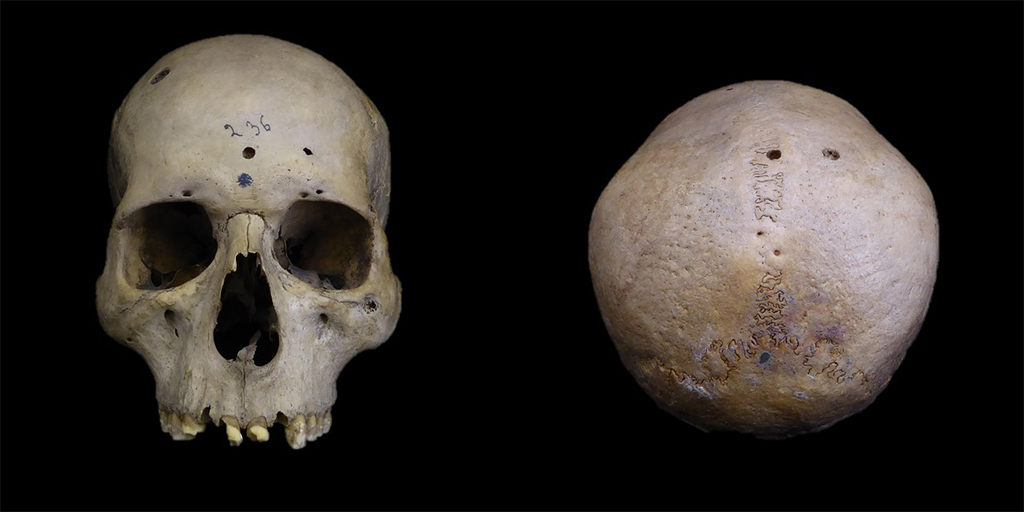A skull from ancient Egypt dating back 4,000 years may be the oldest case of a brain tumour removal surgery, a new study published on 29 May shows.
The skull, currently stored at the University of Cambridge’s collection as ‘236’, has been studied several times due to signs of lesions and malignant tumours on the surface – making it one of the oldest cases of malignancy in human history.
The latest research on Skull 236 was led by Edgard Camarós Tatiana Tondini, Albert Isidro, and later edited by Egyptian scholar Sahar Saleem.
The team utilised a digital microscope and micro-computed tomography (CT) scans that indicated signs of cut marks around the tumours for the first time – suggesting that a medical instrument was used to remove growths.
“It was the very first time that humanity was dealing surgically with what we nowadays call cancer,” Camarós explained to CNN.
Camarós also clarified that it is unclear whether the skull was operated on before the person’s death or after.
“If those cut marks were done with that person alive, we’re talking about some kind of treatment directly related to cancer, [but if done after] it means that this is a medical autopsy exploration in relation to that cancer,” Camarós added.
Ancient Egyptians invested heavily in studying medicine, making significant advancements that laid the foundation for modern medical practices. They believed that health and illness were influenced by spiritual and physical factors, prompting a holistic approach to healing.
This civilization produced extensive medical texts, such as the Ebers Papyrus and the Edwin Smith Papyrus, detailing various treatments, surgical procedures, and remedies for a wide range of ailments.
Subscribe to the Egyptian Streets’ weekly newsletter! Catch up on the latest news, arts & culture headlines, exclusive features and more stories that matter, delivered straight to your inbox by clicking here.







Comment (1)
[…] post Ancient Egyptian Skull Shows Signs of Historical Tumour Removal first appeared on Egyptian […]